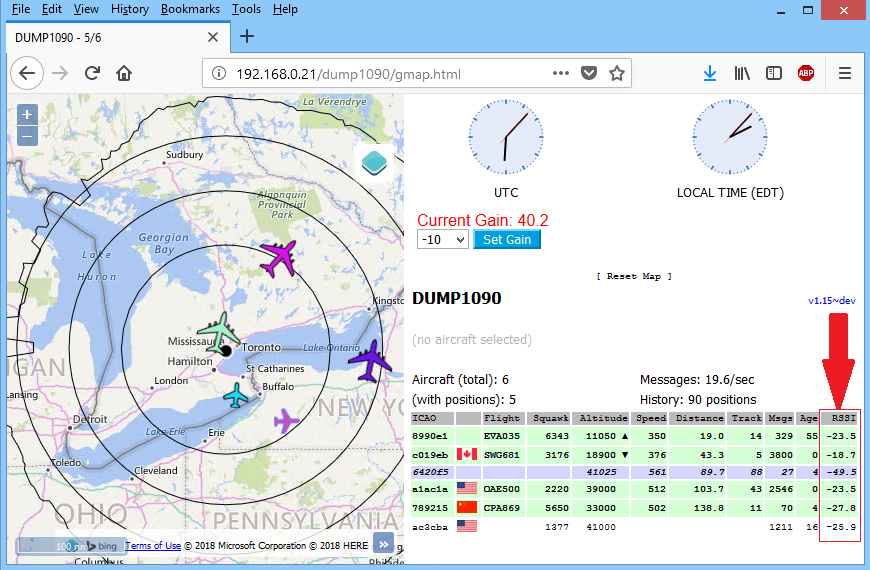
It also allows the Pi to simultaneously feed data to PlanePlotter. Adding the Lantronix option was not often done, as it required a non-standard enclosure and external power supply.Īdding a Raspberry Pi v2 (or greater) to the Beast accomplishes the same thing as adding the Lantronix jack option, with the added advantage of providing autonomous uploads/MLAT service as well as a nice web interface with statistics, coverage area mapping, aircraft lists and a variety of maps.
Planeplotter an rpi dump serial#
It could take the serial data from the Beast's FPGA chip and convert it to a TCP stream that could be routed over a LAN to the PC running PlanePlotter. This capability was originally included in PlanePlotter to support the optional (and expensive) Lantronix Xport "smart" Ethernet connector/adapter that was soldered onto the Beast PCB. However, PlanePlotter also has the ability to receive data from the Beast directly from a TCP port. To PlanePlotter, it appears that the connection to the Beast is made through a very high-speed (3000000 baud!) serial port connection using hardware handshaking via a (virtual) RS-232 RTS signalling line to reduce data overflows. The Beast receiver normally feeds its data to PlanePlotter via a direct USB connection on the same PC on which PlanePlotter is running. The Mode-S beast provides fully decoded binary output on a virtual serial port operating over a USB connection.

This arrangement allows the RPi to operate as an autonomous Ground Station (GS) that will upload periodic position data to the PlanePlotter servers, as well as serve raw time stamped data to other PlanePlotter stations for MLAT position fixes. This is a quick series of steps needed to set up a Raspberry Pi 2 (or greater) to interface with a Mode-S Beast receiver.


 0 kommentar(er)
0 kommentar(er)
